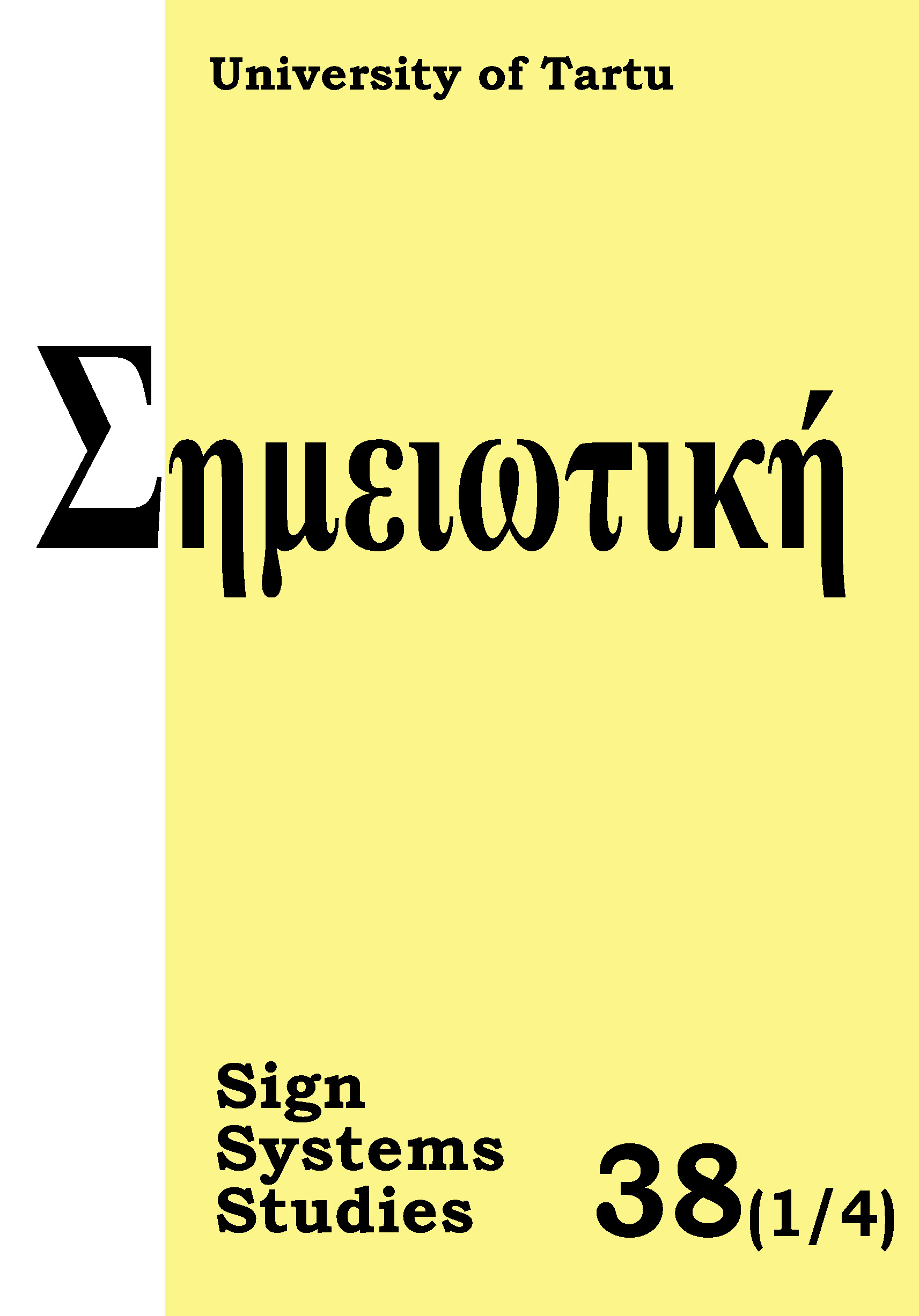Re-semblance and re-evolution: Paramorphism and semiotic co-option may explain the re-evolution of similar phenotypes
DOI:
https://doi.org/10.12697/SSS.2010.38.1-4.13Abstract
The independent emergence of similar features in phylogenetically nonallied groups of organisms has usually been explained as the result of similar selection pressures particular to specific environments. This explanation has been more or less helpful in elucidating convergent resemblances among organisms since the times of Darwin. Nevertheless, intensive research has brought new knowledge on the emergence of structural similarity among organisms, especially during the last two decades. We now have manifold evidence of the phenomena of evolutionary re-entries or re-evolution, which happens when a particularcharacter present in one organic taxon also appears in another taxon which does not share an immediate ancestry. This is not the re-appearance of the same character, but rather of a similar one. Here I propose a model of threefold origin of similar phenotypic features in unrelated organisms stemming from intrinsic, extrinsic and semiosic causation. It is suggested that neither externalist nor internalist explanations per se, nor any combination thereof, are sufficient to cover all the manifold instances of character re-evolution. There is also a special group of resemblances that consists of what is originated, shaped, and retained in evolution due to meaning attributed to them by particular organic subjects. These cases cannot be fully understood without inviting a biosemiotic approach. Integrating Uexküll’s theory of meaning with the recent evolutionary developmental perspective could complete our understanding of phenotypic re-evolution.
Downloads
Download data is not yet available.
Downloads
Published
2010-12-01
How to Cite
Kleisner, K. (2010). Re-semblance and re-evolution: Paramorphism and semiotic co-option may explain the re-evolution of similar phenotypes. Sign Systems Studies, 38(1/4), 378–392. https://doi.org/10.12697/SSS.2010.38.1-4.13
Issue
Section
Articles


